- Home
- TV History
- Network Studios History
- Cameras
- Archives
- Viewseum
- About / Comments
Skip to content


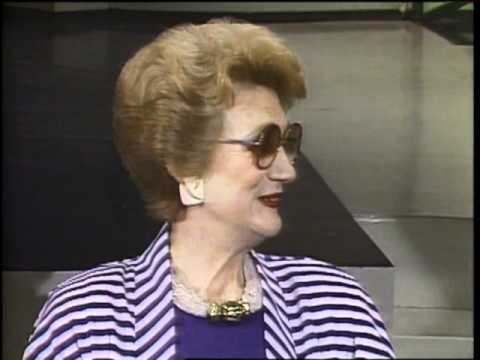





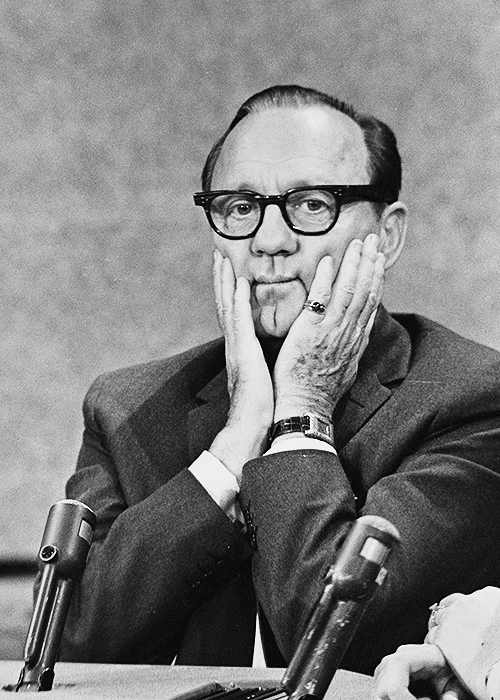
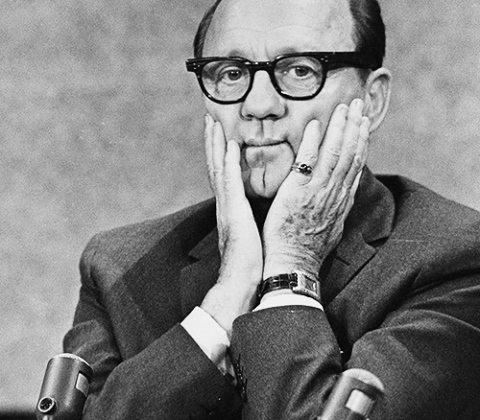


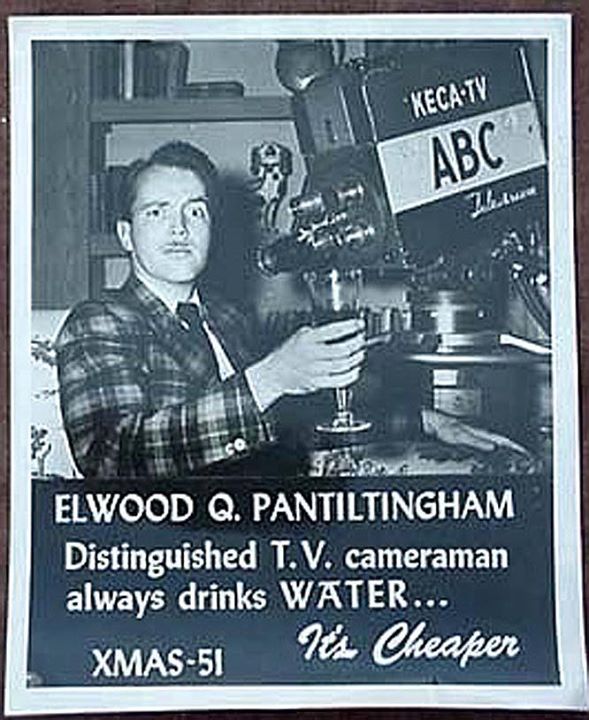

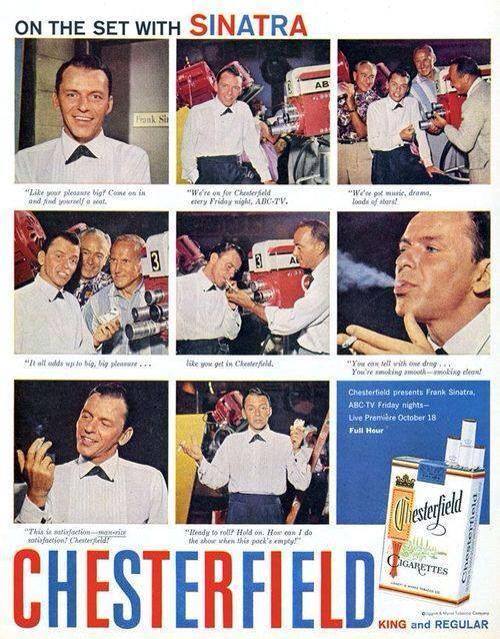



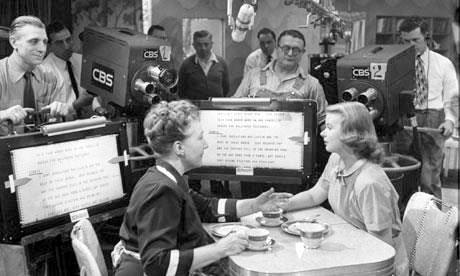

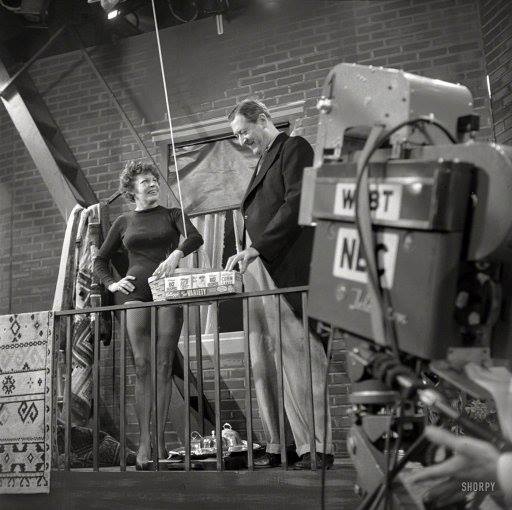
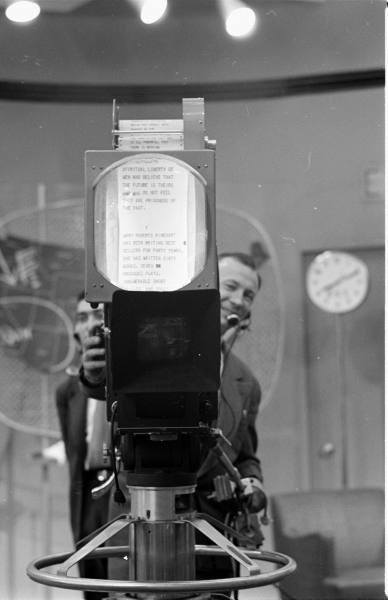
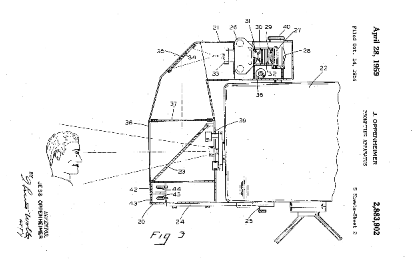



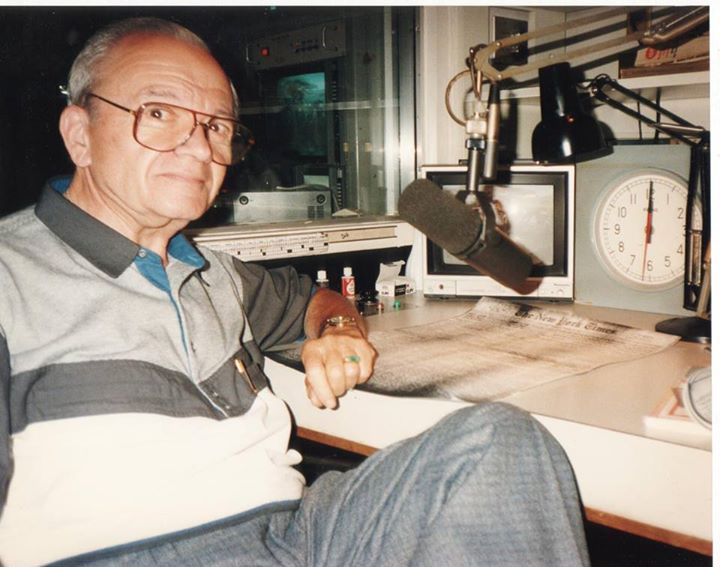

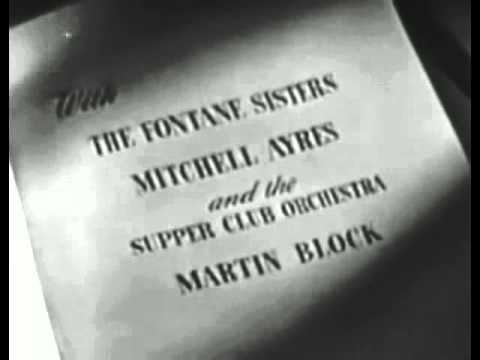



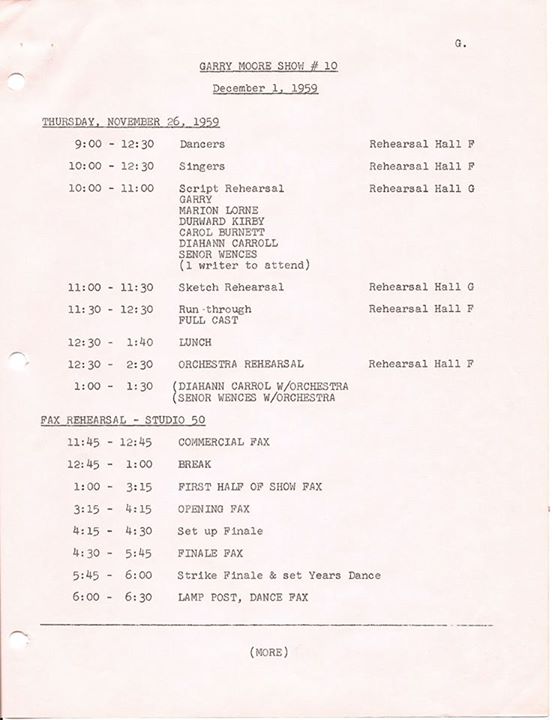



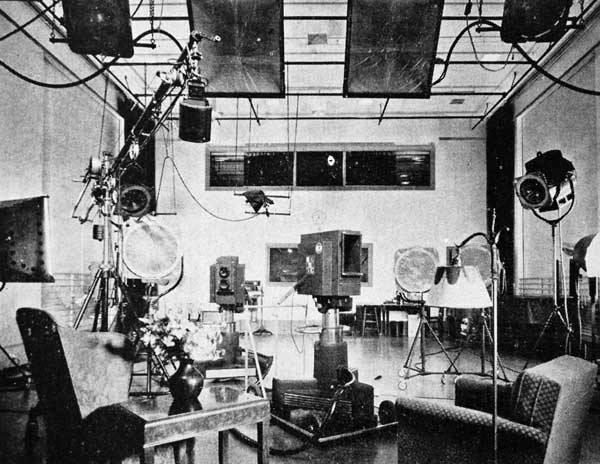

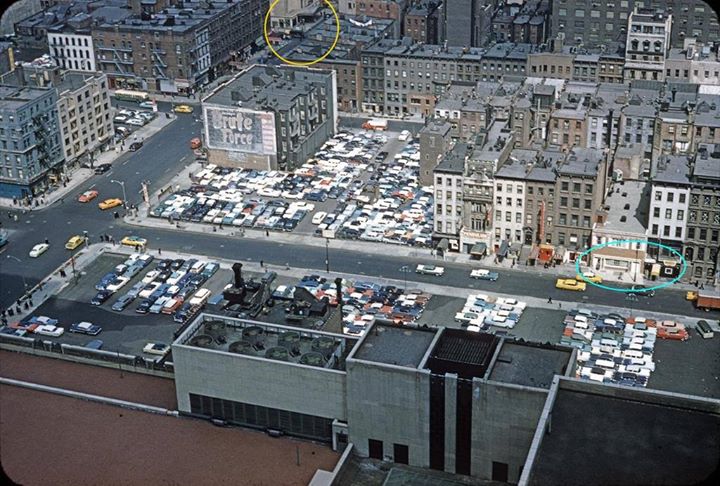



Posts in Category: TV History
Page 52 of 136
« Previous
1
2
3
4
5
6
7
8
9
10
11
12
13
14
15
16
17
18
19
20
21
22
23
24
25
26
27
28
29
30
31
32
33
34
35
36
37
38
39
40
41
42
43
44
45
46
47
48
49
50
51
52
53
54
55
56
57
58
59
60
61
62
63
64
65
66
67
68
69
70
71
72
73
74
75
76
77
78
79
80
81
82
83
84
85
86
87
88
89
90
91
92
93
94
95
96
97
98
99
100
101
102
103
104
105
106
107
108
109
110
111
112
113
114
115
116
117
118
119
120
121
122
123
124
125
126
127
128
129
130
131
132
133
134
135
136
Next » 

Putting A Face To A Famous Voice, Again…Meet Apple’s Siri
On October 29, 2014
- TV History
Putting A Face To A Famous Voice, Again…Meet Apple’s Siri
Long before there was an Iphone, there was a text to speech recording session which became…you guessed it…the basis for the Apple Siri assistant. Enjoy and share! -Bobby Ellebee
https://www.youtube.com/watch?v=z2bTymnb1uE
Susan Bennett reveals to the world that she’s the voice behind Siri.


Putting A Face To A Famous Voice…The Telephone Company Lady
On October 29, 2014
- TV History
Putting A Face To A Famous Voice…The Telephone Company Lady
Long before all the new computer voice sequencing programs came along, there was a lady named Jane Barbie making recordings for AT&T and The Bell Systems whose voice we have all heard a million times. Thanks to Dick Clark, we get to meet her. Enjoy and share! -Bobby Ellerbee
https://www.youtube.com/watch?v=G2YJu3i4edI
Jane Barbie surprises audience members at her table when Dick Clark revealed that she is the famous voice behind the telephone. She performs Clark’s favorite…
October 29, 1956…’The Huntley Brinkley Report’ Debuts On NBC
On October 29, 2014
- TV History
October 29, 1956…’The Huntley Brinkley Report’ Debuts On NBC
First, a note on the video clip…this is a short clip of the first pairing of this great team at the 1956 Democratic Convention. From August 13 – 17, Chet and David hosted NBC’s coverage from Chicago and were well received. The public liked them and the critics did too. Pairing them was NBC News pioneer Reuven Frank’s idea.
For many years, John Cameron Swayze had been NBC’s news face, but Douglas Edwards at CBS was beating Swayze and NBC had been thinking of a shift to new talent. Their convention success with the Huntley – Brinkley duo was a key in deciding who, but then came the question of where.
Bill McAndrew, NBC’s director of news (later NBC News president), had seen a highly rated local news program on NBC affiliate WSAZ-TV in Huntington, West Virginia, with two anchors reporting from different cities. It was his idea to put Chet in New York and David in Washington, and although Ruven Frank thought it was the dumbest idea he ever heard, it was done. The day of the debut broadcast, it was Frank that came up with the closing line…”Good night, Chet. Good night, David. And good night, for NBC News.” This exchange became one of television’s most famous catch phrases even though both Huntley and Brinkley initially disliked it. The New York segment with Huntley came from NBC Studio 3A but was moved to 8G in 1967.
As an aside, Huntley and Brinkley probably would have never even met if it weren’t for a big mistake on Brinkley’s part. Brinkley enjoyed writing as a boy, and in high school he obtained an internship at a local newspaper. His first story, according to his memoirs, was about the nonappearance of a bloom on a century plant and the crowd it drew. It was picked up by the Associated Press and printed in newspapers across the country. During World War II Brinkley moved to Atlanta to write news stories for United Press International (UPI), and he was soon transferred to Nashville to become a bureau manager. On a mistaken notion that he had been offered a CBS job in Washington, D.C., Brinkley moved to that city in 1943, but finding no job waiting for him, he landed a job as a reporter at NBC’s WRC Radio there. When NBC expanded from radio to television in the early 1950s, Brinkley became one of the first television reporters.
Enjoy and share! -Bobby Ellerbee
https://www.youtube.com/watch?v=cKhNFSOiKnc
The TV era dismays Adlai Stevenson but expands the following for Sen. John F. Kennedy—and for NBC’s Huntley and Brinkley.


The First Ever Barbie Commercial
On October 28, 2014
- TV History
Speaking Of Toys…Here Is The First Ever Barbie Commercial
This is reported to have aired on ABC on ‘The Mickey Mouse Club’ in 1959. Did you know Barbie’s full name is Barbara Millicent Roberts and was from the fictional town of Willows, Wisconsin?
Me either, but unlike most YouTube posts, this one actually has some interesting and correct background information included in it’s About section. Enjoy and share. -Bobby Ellerbee
https://www.youtube.com/watch?v=h8-avPUxyno
This is the first Barbie commercial that first aired during Mickey Mouse Club! Ruth Handler watched her daughter Barbara at play with paper dolls, and notice…


October 28, 1950…’The Jack Benny Show’ Debuts On CBS
On October 28, 2014
- TV History, Viewseum
October 28, 1950…’The Jack Benny Show’ Debuts On CBS
The video here is a kinescope of that first show, with special guest Dinah Shore. Since Television City was still being built, this probably originated at the CBS Studios at 1313 Vine Street or from Studio A at Columbia Square.
On this debut show which includes singer Snooky Lansen selling cigarettes at the start and Mel Blanc’s debut as a guest on the show (9:15), as Mel plays a stage hand. The monologue and the sketch are about how Jack decided to go on television, and how he put his initial show together. Rochester sings “My Blue Heaven” while doing his housework. Mr. Kitzel drops by to wish Jack good luck. Dinah Shore sings “I’m Yours” over the phone to see if Jack approves of it for her guest spot. On the show, Ken Murray drops by to wish Jack good luck, and Dinah and Jack sing a duet: “I Oughta Know More About You”. The Sportsmen Quartet do the Lucky Strike commercial. Jack closes the program playing his signature song “”Love in Bloom” on the violin.
The regular and continuing ‘Jack Benny Show’ was telecast on CBS from October 28, 1950, to September 15, 1964, and on NBC from September 25, 1964, to September 10, 1965 with 343 episodes produced.
The television show was a seamless continuation of Benny’s radio program with many of the same players, the same approach to situation comedy and some of the same scripts.
The show appeared infrequently during its first two years on CBS as Benny moved into television slowly. In his first season (1950–1951), he only performed on four shows, but by the 1951-1952 season, he was ready to do one show approximately every six weeks. In the third season (1952–1953), the show was broadcast every four weeks. During the 1953-1954 season, Benny aired every three weeks. From 1954 to 1960, the program aired every other week, rotating with such shows as ‘Private Secretary’ and ‘Bachelor Father’.
Beginning in the 1960-1961 season, ‘The Jack Benny Show’ began airing every week. During the 1953-54 season, a handful of episodes were filmed at Desilu during the summer and the others were live, which allowed Benny to continue doing his radio show. Enjoy and share! -Bobby Ellerbee
The Sounds of Monitor
On October 27, 2014
- TV History
Incase You Missed It…Fantastic NBC ‘Monitor’ Site!
The page linked here is just great, but it’s just one page of a whole site dedicated to NBC Radio’s weekend show ‘Monitor’. A note…just on this page, there are dozens of great ‘Monitor’ moments, BUT, at the bottom of this page, there are some priceless outtakes and goofs so look and listen there too! Thanks to Dennis Hart for creating this and to Jodie Peeler for sharing it with us. Enjoy, bookmark and share! -Bobby Ellerbee
http://monitorbeacon.net/nbc-monitor/the-sounds-of-nbc-monitor/
Just For Fun…A 1951 Christmas Card Gag
On October 27, 2014
- TV History
Just For Fun…A 1951 Christmas Card Gag
With all the ABC mentions today and the shot of KECA’s first cameraman (Bob King) last week, I thought you would like to see this. I don’t think this is King, but it is one of the first few cameramen there. I love the made up name, Elwood Q. Pantiltingham! Just so you know, one of our friends here is a top independent cameraman who’s email address reminds me of this…his is, focustiltpanzoom@. Enjoy, share and be good for goodness sake…Santa’s watching! -Bobby Ellerbee
And Now, A Word From Our Sponsor…
On October 27, 2014
- TV History
And Now, A Word From Our Sponsor…
Thanks to Sly Rose, here’s an interesting introduction to Frank Sinatra’s second and final television series…’The Frank Sinatra Show’ on ABC which aired from October 18, 1957 till June 27,1958. Notice the last panel in the ad which announces the debut show. His first series was on CBS, and was a variety show that ran from 1950 till 1952.
This series was originally slated to consist of thirteen variety episodes, thirteen dramas starring Sinatra, and ten dramas hosted by Sinatra and originated from The El Capitan Theatre in Hollywood.
Sinatra was paid $3 million for the series, and granted near total artistic freedom which turned out to be a huge mistake for ABC. Frank hated to rehearse and tried to make eleven shows in fifteen days; the series subsequently received a critical mauling and was Sinatra’s last attempt at a television series.
The drama segments of the show fared less well against the variety episodes in ratings and the final total was fourteen live variety shows, eight filmed variety shows, four dramas starring Sinatra, and six dramas hosted by Sinatra. Rather than 36 episodes for the season, ABC cut its losses and reduced the total number to 32.
It’s rare to see the old red and white ABC camera color scheme. The photo for this ad were taken at The El Capitan and are the same RCA TK10 cameras used during the day on ‘Queen For A Day’, which originated here too. Enjoy and share! -Bobby Ellerbee


October 27, 1954…’Disneyland’ Debuts On ABC
On October 27, 2014
- TV History
October 27, 1954…’Disneyland’ Debuts On ABC
The video included here is the first segment of the debut broadcast on Wednesday night, October 27, 1954. The history presented here may reverse some of your lingering impressions…it did with me too. Specifically, ‘Disneyland’, the show, was on the air before Disneyland, the park opened. I always thought it was the other way around.
When this debuted, the Disneyland theme park was not open. The land was bought and some construction on Main Street had been done, but Walt Disney was running short of money and that was the reason he went to television. NBC and CBS had passed on the project but ABC not only took it, they invested in Disneyland.
In 1953, lead by Leonard Goldenson, United Paramount Theaters bought ABC from Edward J. Nobles and gave the nearly bankrupt network at $25 million dollar infusion. Being flush with cash, Goldenson had the foresight to partner with Disney on the theme park. The park opened July 17, 1955 and was broadcast live on ABC.
Shortly after the debut of the ‘Disneyland’ television show, which was hosted by Disney each week, ‘Davy Crockett’ came to ABC. At first, these were three one hour, fully contained episodes that ran monthly, but were so successful, that they went into production as half hour weekly episodes. At the end of this video, we’ll visit the Crockett set and hear the long version of the theme song many of us can still sing.
On October 3, 1955, ‘The Mickey Mouse Club’ debuted on ABC and was a weekday smash. ABC got their money’s worth…so did Walt, but money was what eventually caused Disney to move to NBC. ABC wanted two more minutes of commercials in all the Disney product and Walt didn’t…that, and their reluctance to sell their share of the theme park back to Disney caused the split.
Even though ABC had no color ability till the mid 60s, Disney had filmed all of his shows in color, including the one we see here. This was a huge advantage when he moved to NBC in 1961 with ‘Walt Disney’s Wonderful World Of Color’. All of the ABC episodes were replayed there with some freshening inserts.
In this video, we’ll also see a very young Kirk Douglas working on ‘20,000 Leagues Under The Sea’ and some other interesting sights around The Walt Disney Studios.
A Follow Up….The First Teleprompters
On October 26, 2014
- TV History
A Follow Up….The First Teleprompters
Today’s earlier post on the Jess Oppenheimer through-the-lens prompter took me here. These photos show the first ever teleprompters in television. The large CBS photo is from December of 1950 and the show is ‘The First Hundred Years’. It was the first ongoing TV soap opera in the US that began as a daytime serial, airing from December 4, 1950 until June 27, 1952. At the time, there were no camera mounted teleprompters…just these big rolling stand prompters.
The first time we see camera mounted prompters is on the debut of ‘Today’ on January 14, 1952. I have RCA made these and think I can see and RCA meatball logo on it in one of these pix. The ‘Today’ set was used for experiments of all kinds as we not only see the first camera prompers here, but also the first use of the Houston Fearless TD 3 counter weighted pedestal too. FYI, the magnified prompter was a custom job and was for Dave Garroway. I’m adding some notes on the pix so click through them. Enjoy and share! -Bobby Ellerbee
Today Show debut…I think I see and RCA logo on the side of the prompter. The lens is the RCA Electozoom and the cameraman is our friend Frank Merklein. Jan ’52Colgate Comedy Hour, Martha Raye host and Arthur Treacher guest. They are doing a Kellog’s spot and notice the prompter is strapped to the camera for temporary use. Like Lucy, the prompter here was only used for live spot copy and not in the body of the show.
Dave Garroway’s custom magnified prompter had this old home receiver magnifier on it to help with the copy. I don’t think this was standard, but it is a good idea and should have been, but loading the paper on this one would have been a challenge. Notice the TD 3 pedestal.
Jess Oppenheimer’s “Through The Lens” Teleprompter Patent
On October 26, 2014
- TV History
Jess Oppenheimer’s “Through The Lens” Teleprompter Patent
http://www.google.com/patents/US2883902
Lucille Ball liked to call Oppenheimer the brains behind ‘I Love Lucy’. As series creator, producer, and head writer, Jess was the creative force behind the show. According to Lucy director William Asher, “he was the field general. Jess presided over all the meetings, and ran the whole show. He was very sharp”.
Sharp indeed…he also held 18 patents, including this one linked above. Although teleprompters were not used during the filming of the main body of the ‘I Love Lucy’ shows, Lucy and Desi did use them when filming the opening commercial spots. From the show’s start in 1951, they used the paper roll model mounted above the camera lens, but Oppenheimer did not like the way that looked on camera.
The first reported use of this “through the lens” system was by Lucille Ball and Desi Arnaz, for a filmed Philip Morris cigarette commercial which aired on ‘I Love Lucy’ on December 14, 1953 in the second year of the show.
As you can see in the diagram, there is a small projector atop the rig which sent televised images of the copy to a transparent reflective surface in front of the lens. At first, copy was typed and loaded on a regular RCA paper roll teleprompter with a television camera shooting that and feeding it via coax to Oppenheimers device.
Later, a system was developed that used regular, long teleprompter paper on a horizontal moving belt under a small TV camera and fed via coax to one or more prompters in the studio. Thanks to Chris Clementson for the patent info. Enjoy and share! -Bobby Ellerbee


‘Time And Again’…Excellent Johnny Carson Special
On October 26, 2014
- TV History
‘Time And Again’…Excellent Johnny Carson Special
On October 23rd, Johnny would have been 89 years old. There have been several very good specials on Carson in the past few years, but this 2005 tribute is about as good as is gets. Here, in five parts is the MSNBC tribute that runs around 42 minutes. Part 1 is embedded here and here are links to the other four parts. Enjoy and Share! -Bobby Ellerbee
https://www.youtube.com/watch?v=1jJXwoC1yFs Part 2
https://www.youtube.com/watch?v=UywC19jL3xE Part 3
https://www.youtube.com/watch?v=iK2ErB9sn1w Part 4
https://www.youtube.com/watch?v=2-bV-5vi6BE Part 5
https://www.youtube.com/watch?v=zKrEH4BjJR8 Part 1
From Jan.of 2005, here is a special “Time and Again” program from MSNBC, on the career of legend Johnny Carson. This is part 1.
Remembering Long Time CBS Announcer Bern Bennett…
On October 26, 2014
- TV History
Remembering Long Time CBS Announcer Bern Bennett…


MUST SEE! Prime Time Television…1948 And 49 With My Detailed Notes
On October 25, 2014
- TV History, Viewseum
MUST SEE! Prime Time Television…1948 And 49 With My Detailed Notes
This is just amazing, so please…Share this! At the start, an NBC VO announces that the Midwest network links will be open and operating by Christmas, 1948. I would love to see the ‘Eye Witness’ series…it was all about television behind the scenes.
‘The Gay Nineties’ show was on ABC on Wednesday nights from 8 – 8:30. At 1:50 we see some of an early ‘Texaco Star Theater’ with Milton Berle from NBC’s newly converted Studio 6B. This was the first show to come from 6B after it was converted from radio to television June 8, 1948. The woman with the great laugh is Milton’s mother who was at every show.
Just after that is ‘The Ed Wynn Show’ and came from either NBC Studio 8G or 6B. At 3:32, ‘The Admiral Broadway Revue’ was the first television show produced by Max Leibman and starred Sid Caesar and Imogene Coca…this is the forerunner of ‘Your Show Of Shows’ and both were done at The International Theater at 5 Columbus Circle.
Ultra rare footage starts at 4:44 with the intro of ‘The Fireball Fun For All’ starring Olsen and Johnson. This only ran one season and was one of the first shows to come from CBS Studio 52. The assistant director is the legendary CBS director Ralph Levy in his second ever TV job. Levy went on to direct Jack Benny, Burns And Allen and the Lucy pilot. Levy’s first AD job was at the first show done at Studio 52, a summer show called ‘The 54th Street Revue’ that ran eight weeks.
There’s more history at 6:10…’The Chesterfield Supper Club’ starring Perry Como was the first television show to broadcast from NBC Studio 6A. The studio was not converted officially till May 19, 1950. When this was shot, 6A was still a radio studio with a three camera remote unit and very few lights, which you notice here.
More history at 6:50! This is ‘The Fred Waring Show’ from NBC Studio 8H. Like 6A, it too was still a radio studio when this was done with a three camera remote unit set up. 8H became an official TV studio January 30, 1950.
Remember the opening announcement about the midwest network link up? ‘Your Show Time’ had premiered on NBC’s East Coast stations in September 1948, and began to include NBC’s Midwest stations on January 21.
I think ‘Armchair Detective’ a Dumont show done at WABD. At 9:06 notice the producer title…William Boyd was Hopalong Cassidy, and a very smart showman! This show was an hour long and aired on NBC Friday nights at 8, starting in 1949.
‘The Lone Ranger’ debuted on ABC in September of 1949 and aired at 7:30 Wednesday nights.
Remember the Hungry Jack Biscuit commercials with the “Hungry…Hungry Jack” call? Here’s where it came from…the opening of ‘The Aldrich Family’ at 10:23. This was on NBC at 7:30 Sundays.
At 10:55, one of television’s biggest shows appears…’The Goldbergs’ which was on CBS and probably came from Liederkranz Hall. This started in 1949 and aired Monday nights at 9:30, just after ‘Candid Camera’. Just after that is another huge CBS show, ‘Mama’ which also started in 1949 and aired Friday nights at 8 against ‘Hopalong Cassidy’ on NBC.
‘The Ruggles’ began on ABC, November 3, 1949 – a month after the radio hit ‘The Life of Riley’ had moved to television on NBC and interestingly, that is the next clip…but if you were expecting William Bendix as Riley, surprise…Riley is played by Jackie Gleason! This was his first starring role.
At 13:10 we see the open for ‘Suspense’ which aired on CBS from ’49 till ’54. It was on Tuesday night opposite ‘The Life Of Riley’.
Finally, the last clip is from ‘Studio 1’. It was a big hit and important early anthology series on CBS that followed ‘The Goldbergs’ at 10 on Tuesday nights. I think this originally came from CBS Studio 41 at Grand Central. This debuted in September of 1948 and ran 10 seasons ending in 1958. Enjoy and PLEASE SHARE! -Bobby Ellerbee


October 25, 1982…’Newhart’ Debuts On CBS
On October 25, 2014
- TV History
October 25, 1982…’Newhart’ Debuts On CBS
You are in for a big surprise as you watch this! It’s the ‘Newhart’ pilot and was the first episode to air…it’s shot on videotape! I think the switch to film came after the first season. This may have been shot with the CBS spec Hitachi cameras at Studio City. Enjoy and share! -Bobby Ellerbee
Ultra Rare! ‘Garry Moore Show’…Rundown Sheet, December 1, 1959
On October 25, 2014
- TV History
Ultra Rare! ‘Garry Moore Show’…Rundown Sheet, December 1, 1959
This rare piece of history comes to us from our friend David Schwartz. This is from the second season of the second version of ‘The Garry Moore Show’ which was a one hour, weeknight version and originated from CBS Studio 50 – The Ed Sullivan Theater.
The original version was a daily half hour show that ran mid afternoons on CBS from 1950 till 1958. That show came from CBS Studio 59 – The Mansfield Theater which is where Garry’s other show, ‘What’s My Line’ came from.
As you see at the bottom of the second sheet, the show was taped live at 7PM on Friday nights, but it aired on Tuesday nights at 10PM.
The FAX abbreviation here is short for Facilities Check, which is basically camera rehearsal and includes full sets, props and the actors on stage as well. At 10:30 Friday morning, we see a pre-record with singers and orchastra. This was most likely Diahann Carroll singing with the orchastra on stage with her, which would eliminate a live move of the orchastra from the pit to the stage and back.
I don’t know where Rehearsal Halls G and F were at Studio 50, but it’s possible they were in the basement where the control rooms are now. Anyone know? Enjoy and share! -Bobby Ellerbee


Behind The Scenes With Fox Sports…Putting The NFL On The Air
On October 24, 2014
- TV History
Behind The Scenes With Fox Sports…Putting The NFL On The Air
This is great stuff, but one of my favorite shots is about a minute in when we see the two headed monster…the dual platform Chapman sidelines rig. Enjoy and share! -Bobby Ellerbee
https://www.youtube.com/watch?v=u_V8IlitveE
The NFL’s most exciting game isn’t played on the field. It happens behind the scenes, as hundreds of cast and crew come together to turn a football game into…
Follow Up…NBC Studio 3H, A Better Perspective
On October 24, 2014
- TV History
Follow Up…NBC Studio 3H, A Better Perspective
Early in the week, we saw a lot of video of this historic television studio in action in the the 1930s. With this photo, and today’s earlier posting of the original 1933 floor plans of the third floor, I hope to give you a clearer understanding of where everything was in television’s first studio.
In this 1937 photo, we are looking at the north wall of the studio. The top window is the control room on the 4th floor. The control rooms on this floor were all accessed by an employees only corridor behind them and against the outside wall of the building. Thirty feet feet behind this control room window is West 50th Street.
Behind the wall on the left, the west wall, there is a staircase and corridor from the 3H control room to the 3H studio floor and the door to that corridor is to our immediate left (not shown). 6th Avenue is on the other side of this wall.
On the right is the wall that separates 3H from 3F, and inside that wall is another set of stairs and a corridor from the 3F control room to the 3F studio floor. This is the wall that would be taken down in 1955 to merge these two studios (H and F), into NBC’s first inhouse color studio, 3K which debuted with a broadcast of ‘Howdy Doody’.
Directly behind us is the small third floor client viewing booth and over our heads is the large fourth floor visitor gallery window. Today, you enter the studio from here…the south wall, which opens into the main hallway. Back then, NBC tours bought in thousands of people each day and the tour groups used these main hallways…that’s why the backstage corridors were created, so techs and actors could move quickly from one place to another. There were also staff elevators but sometime before 1965, those elevators were taken out and became cable shafts. I find this history fascinating and hope you do too! Enjoy and share! -Bobby Ellerbee


A Very Rare Photo…Future Home Of CBS Blackrock & MORE
On October 24, 2014
- TV History
A Very Rare Photo…Future Home Of CBS Blackrock & MORE
Thanks to Rick Scheckman, here’s a photo from around 1956 that yielded more than we thought. This was probably taken out of a window of the RCA building at 30 Rockefeller Plaza, and here’s what we see.
Starting at the very bottom and working our way up, we see the rooftop and air conditioning system at Radio City Music Hall. Just above that is West 52nd Street and on the left is 6th Avenue. The parking lot we see is between 51st and 52nd and is now where the headquarters building for CBS sits.
In the aqua oval are two New York landmarks…one the left is a small building that was torn down and replaced by a larger one that is now home to The Paley Center For Media. Just to the right of it, with the awning, is the famous restaurant and bar, “21”. Is that Jackie Gleason headed there in that cab?
At the top of the picture in the yellow circle, we see the home of ‘The Perry Como Show’…The Ziegfeld Theater at the corner of 6th Avenue and West 54th Street. This is one of only a few photos of The Ziegfeld, and the only one like this anywhere. A lot of famous people have walked around this area, and still do! Enjoy and share! -Bobby Ellerbee
Vertigo Alert…A View From The Top
On October 24, 2014
- TV History
Vertigo Alert…A View From The Top
I don’t care how much money you offer…I wouldn’t go here! The crews that work on this antenna atop The Empire State Building have one of the most dangerous jobs in the world. Several people have asked to see this again, so here you go. By the way, this is the site of the first television antenna. I think NBC put it up in 1938. Enjoy and share! -Bobby Ellerbee
Page 52 of 136
« Previous
1
2
3
4
5
6
7
8
9
10
11
12
13
14
15
16
17
18
19
20
21
22
23
24
25
26
27
28
29
30
31
32
33
34
35
36
37
38
39
40
41
42
43
44
45
46
47
48
49
50
51
52
53
54
55
56
57
58
59
60
61
62
63
64
65
66
67
68
69
70
71
72
73
74
75
76
77
78
79
80
81
82
83
84
85
86
87
88
89
90
91
92
93
94
95
96
97
98
99
100
101
102
103
104
105
106
107
108
109
110
111
112
113
114
115
116
117
118
119
120
121
122
123
124
125
126
127
128
129
130
131
132
133
134
135
136
Next »